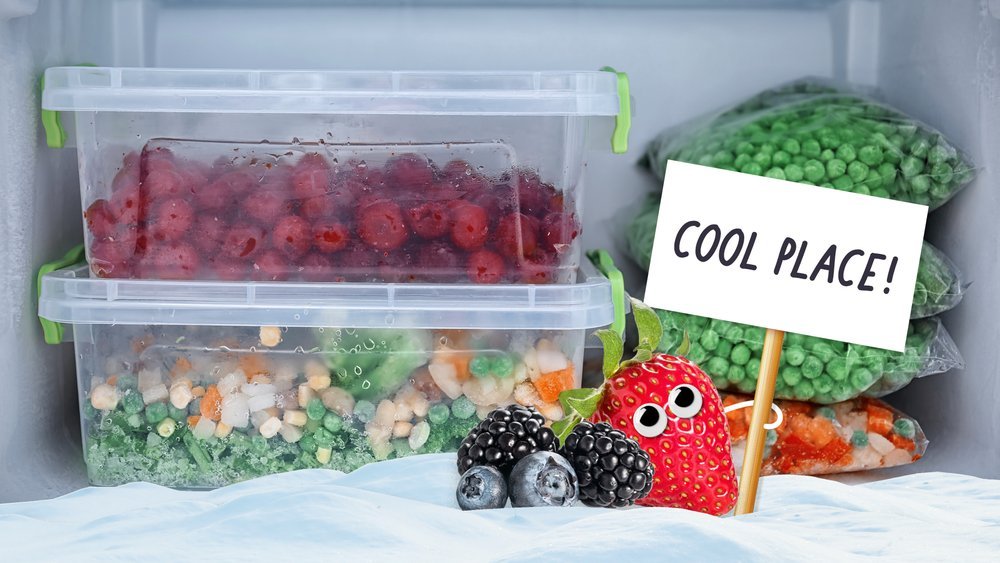
Energy saving freezer hacks
Stand alone freezers, or fridge freezers are a big power consumer of energy in many households as they tend to run consistently for 24 hours a day. You may have to keep your fridge and freezer running all the time, but that doesn’t mean you can’t reduce the amount of electricity it takes to run it.
Keeping food fresh while conserving energy can bring a helpful boost to your budget, saving you a few extra £££’s, money we’d all like in our back pockets at the moment.
Here are eight tips to make sure you’re using the least amount of energy possible on your fridge.
1) Fill the freezer
Freezers are more economical to run and work more efficiently when full. This is because the cold air doesn’t need to circulate as much, so less energy is needed.
Need to fill space? Fill it with everyday items you are likely to use up, such as sliced bread, milk, peas or you can tuck cold-packs for summer picnics into the empty spaces.
2) Seal the deal
If you have condensation on the outside of your fridge-freezer, that’s a sure sign that you need to get the seals replaced. Leaky doors are the main culprit for energy loss for your freezer, so make sure to check your seals regularly. Doors that are not sealed properly let cold air escape, making them work harder whilst cutting food quality.
Check door seals with the “paper” test. Close the refrigerator or freezer door on a piece of paper. A well-sealed door will hold tight to the paper; if the paper falls out, or can be slid around easily, it’s time to clean or replace the seals.
3) Peek, pick, close
Don’t leave the door open when taking food out. The longer it is left open, the more cold air escapes and the more energy is needed to reduce the temperature again.
4) Hold it on the hot
Allow hot food to cool down naturally before putting it in the freezer, especially important if you are batch cooking.
5) From frozen to fridge
If thawing food from the freezer, put it inside the fridge. This helps keep the fridge cool without using the energy to do it.
6) Love at frost sight
If your freezer requires manual defrosting then make sure you keep your eye on frost build up. The more ice your freezer has in it, the more energy it uses. If the ice around the inside is more than 1cm thick, you need to defrost it.
7) Store it right
Adding a label to everything you add to your freezer will make it easier when you are searching for something specific. Meaning less time with the door open and more energy saved.
8) Check the temperature
A thermometer can be a key to saving money on your freezer energy. Too-cold temperatures waste energy, while too-warm temps lead to premature food spoilage.
Freezers should be set at -18ºC and make sure to pay attention when the seasons change; a temperature setting that works well for the winter months may need to be adjusted during hotter weather.


